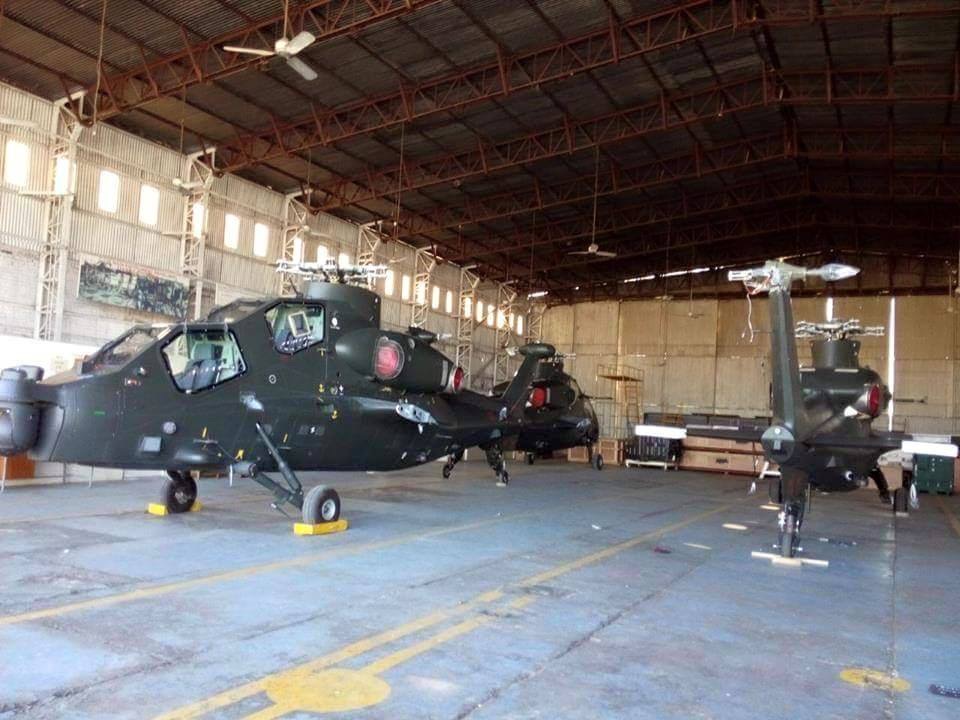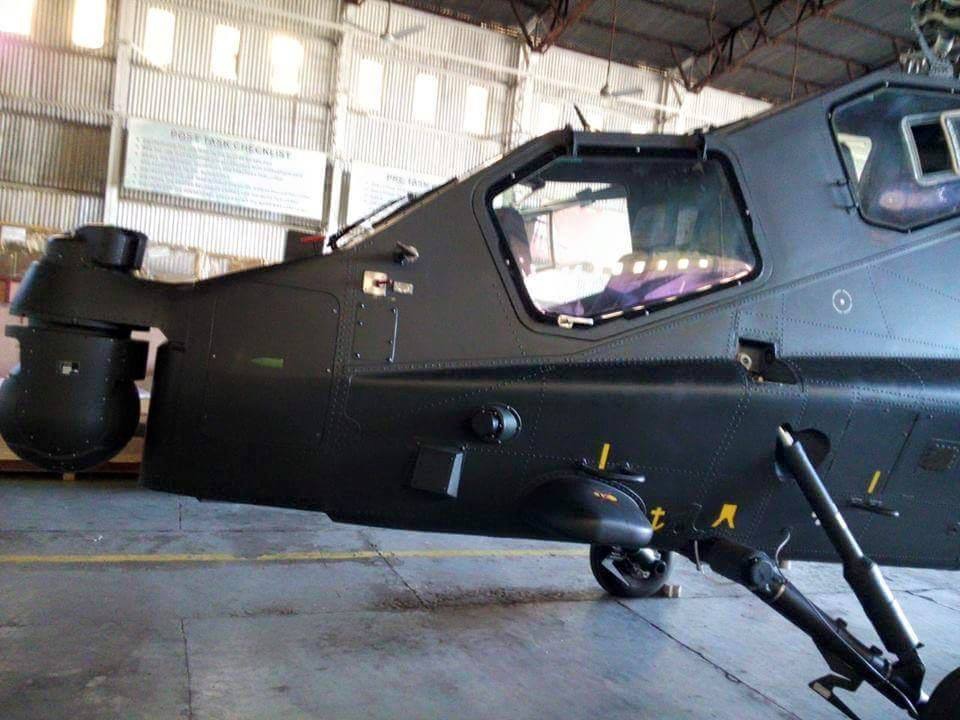ISLAMABAD — Pakistan held its first Republic Day parade Monday after a seven-year break caused by the security situation and operational commitments due to the war against the Pakistan Taliban (TTP) and its allies.
Though large-scale terrorist attacks are no longer as frequent, Operation Zarb-e-Azb against the TTP is ongoing, and recent days have seen fierce clashes in the Tirah Valley in the Khyber Agency near the Afghan-Pak border as the Army fights to regain territory from the Lashkar-i-Islam terrorist group.
The parade was an annual event commemorating the calling for an independent state in 1940 and the day Pakistan was declared a republic in 1956, but was last held in 2007.
Security was very tight for the parade which was carried out in a new purpose-built parade ground. Parts of the city were cordoned off and the mobile phone network disabled.
Brian Cloughley, former Australian defense attache to Islamabad, said these measures were expected.
"I've been going to these parades for a very long time — first I think in 1980. And while there was always security, there was no threat then in any way comparable to what exists now. Today there would have been no possibility of parading along Jinnah Avenue for hours as in the past," he said.
Jinnah Avenue is one of the city's main thoroughfares. Security concerns in 2007 shifted the parade to nearby Jinnah Stadium before it was suspended.
Cloughley said holding the parade again this year was intended to send a message.
"It seems that the government wanted the parade to go ahead to try to make the point that the fight against internal terrorism is being won. It's certainly a step in the right direction, but it by no means indicates that the campaign is anywhere near over. It was a good PR exercise."
But he said he does not think holding the parade indicates more healthy military finances.
The parade has previously featured new defense equipment. The first public appearance of the JF-17 Thunder multirole combat aircraft was in the 2007 parade.
A number of defense systems were seen in public for the first time at this year's parade. These included the FM-90 surface-to-air missile, Karakorum Eagle and Saab Erieye AEW&C aircraft, the A100E/AR1 300mm multiple launch rocket system, the AS550 Fennec helicopter, and the Nasr multiple tactical nuclear missile system.
Also taking part were some of the VCC-1 and VCC-2 armored personnel carriers. They are Italian variants of the venerable M-113, which is in service with the Army and also produced by state-owned Heavy Industries Taxila.
Italy transferred nearly 600 surplus VCC-1 and VCC-2 APCs to Pakistan last year.
The Fennec was reportedly the cause of dispute between Airbus Helicopters and Pakistan, and its operational status was unclear among analysts for some time.
However, in addition to records showing that unguided rockets were tendered for the type, its inclusion in the Army aviation flyover proves it is operational. The ones on display, however, appeared to have their roof-mounted FLIR sensor removed.
It was announced that the helicopter undertakes convoy protection duties, an important task in the operations against the TTP.
The Burraq unmanned combat air vehicle, which is at least heavily influenced by the Chinese CASC Rainbow CH-3 if not a locally built version, overflew the parade venue armed with two laser guided missiles. A film of it being tested was released by the military's Inter Services Public Relations media arm earlier this month.
The FM-90 SAM is a Chinese development of the French Crotale. The Crotale had been in service with the Pakistan Air Force until it was replaced by the Italian MBDA Spada 2000 from 2010.
There were noted absences, however, including the Shaheen III medium-range ballistic missile, which was tested for the first time earlier this month, and the Chinese CAIC WZ-10 helicopter gunship, three of which were provided to Pakistan free of cost earlier this month.
Analyst Usman Shabbir of the Pakistan Military Consortium think tank said this was to be expected, but said it is "too early to tell" if the WX-10 will replace the long serving Bell AH-1F Cobras.
"The Army will put [the WZ-10s] into actual combat use and based on that we might go for more," he said.
Mansoor Ahmed, who lectures at Quaid-e-Azam University's Department of Defence and Strategic Studies, says the absence of Shaheen III was to be expected as it is a new system that has only been tested once.
He drew attention to some of the other systems on display.
"Two systems displayed are of particular importance as they reflect Pakistan's emerging nuclear posture: the Babur [land attack cruise missile] and the Nasr [short-range ballistic missile]. Both are dual-use mobile systems designed for counterforce strikes against a variety of high-value enemy targets with precision."
Adding, "The fact that the Nasr was displayed for the first time, in a quad missile configuration designed for salvo launch, shows that the system has been integrated into the strategic forces."
He also highlighted the induction of the FM-90 SAM by the Army's air defense as "it shows that [the Army] is moving to plug this critical gap and is a recognition of the evolving nature of threat posed by a massive force modernization by the [Indian Air Force]."
Last edited by George1 on Wed Feb 10, 2016 4:09 pm; edited 3 times in total














